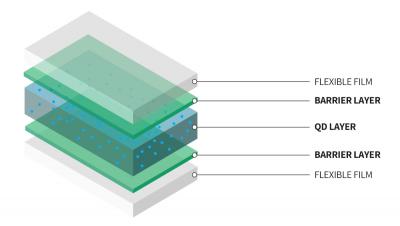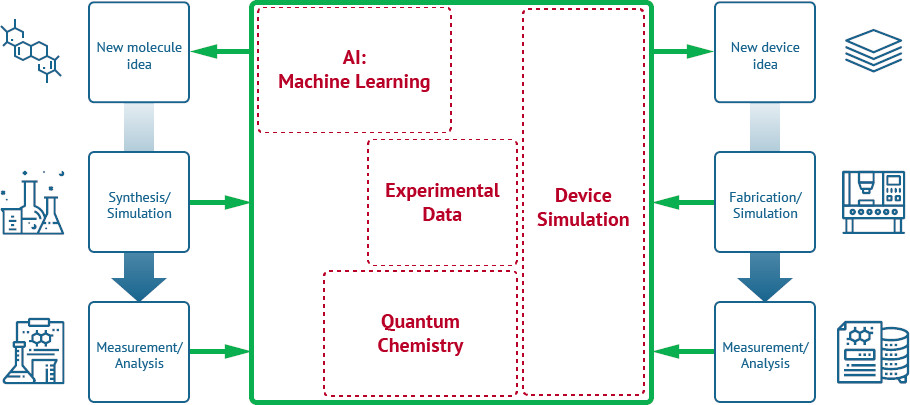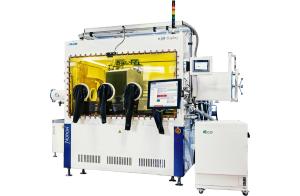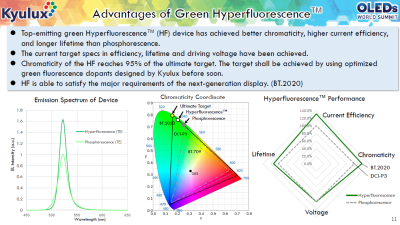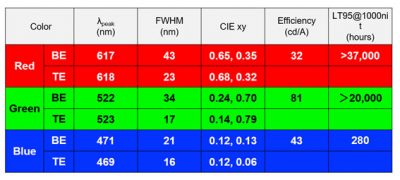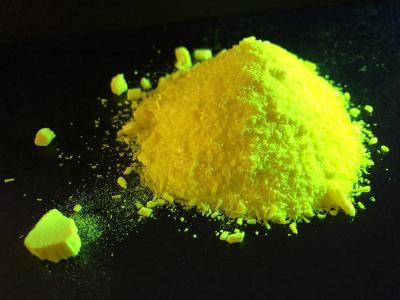Kyulux explains how narrow-spectrum Hyperfluorescence emission is more efficient than PHOLED emission
Second-generation OLED phosphorescence emission features an internal quantum efficiency of almost 100% - which would normally mean you cannot get more efficient than that.
As Kyulux explains in a recent post, though, phosphorescent suffers from a wide emission spectrum. In order to achieve a good color gamut (for which as narrow-spectrum emission as possible is best) display makers have to filter out the "tail" of the emission. This results in reduced brightness and efficiency.



